Rosa Serie 'RosAroma®'
Indoor Rose 'RosAroma®'
Indoor Rose 'RosAroma®'
Rusticity
- Strong and refined scent
- Grown for indoors
- Repeat bloomer variety
- Compact plant size
- Available in a range of colours
Bring the timeless beauty and delightful fragrance of roses into your Canadian home with the 'RosAroma®' series of indoor roses. Bred for their compact size and remarkable scent, these miniature roses offer a touch of elegance and a burst of aroma to any living space. Roses have a rich cultural history, symbolizing love and beauty across many civilizations, and now you can enjoy their charm indoors, even during the long Canadian winters.
Main Features:
- Interesting Attribute: Its primary interesting attribute is its strong and pleasant fragrance, unusual for many indoor plants, allowing you to enjoy the classic rose scent indoors.
- Flowering: Available in a range of colours, including pink, cream, white, and blends. Specific colours vary by cultivar within the Rosa 'RosAroma®' series. Repeat blooming occurs successively throughout the growing season, generally from spring through fall with proper care.
- Foliage: Semi-glossy and leathery, with a medium to dark green colour.
- Growth Habit: Compact and often upright, ideal for growing in pots.
- Growth Rate: Moderate.
Care and Cultivation Tips:
- Light: Provide bright, indirect light, ideally from a south or east-facing window. Aim for at least 6 hours of good light per day.
- Soil: Use a well-draining potting mix. A mix formulated for roses or general-purpose potting mix amended with perlite is suitable.
- Watering: Water regularly when the top inch of soil feels dry to the touch. Ensure the pot has drainage holes to prevent waterlogging. Avoid overhead watering to minimize the risk of fungal diseases.
- Fertilization: Fertilize every 2-4 weeks during the active growing season (spring and summer) with a balanced liquid fertilizer diluted to half strength. Reduce or cease fertilization during the fall and winter.
- Temperature and Humidity: Maintain average indoor temperatures between 18-24°C (65-75°F). Avoid placing the plant near drafts or extreme temperature fluctuations. While they can tolerate average indoor humidity, they appreciate slightly higher humidity levels, especially during dry winter months. You can increase humidity by using a humidifier or placing the pot on a pebble tray filled with water.
- Repotting: Repot in the spring when the plant becomes root-bound, typically every 1-2 years. Choose a pot that is slightly larger than the previous one with good drainage.
Usage:
Used as a potted plant for tabletops, windowsills, and other indoor spaces. Their compact size also makes them suitable for small decorative containers.
Plant details
Dimensions
Dimensions
Characteristics
Characteristics
Habit:
Flowering colours:
Plant needs
Plant needs
Watering:
Maintenance:
Soil requirement:
Features
Features
Resistance:
Attract:
Use:
Attribute:
Related articles
-
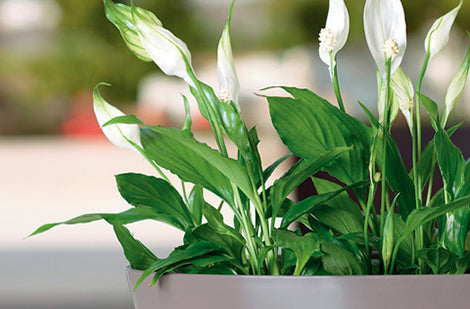
Potting House Plants: which pot to choose
Read the articleBien qu'une plante puisse passer plusieurs mois et parfois même plusieurs années dans le même pot, avec le temps ses racines envahissent tout l'espace disponible. Il devient important de choisir...
-

African violets
Read the articleMembre de la famille des gesnériacées, la violette africaine offre une floraison abondante et continue à qui sait respecter ses besoins culturaux. Ses fleurs, aux formes diverses et aux couleurs...
-

The Complete Guide to Buying and Caring for Ind...
Read the articleBringing a touch of nature to your home with plants is a great idea! Not only do they beautify your living space, but they also help purify the air. However,...
-

Make your own terrarium
Read the articleVous avez envie d’ajouter un peu de verdure à votre intérieur, mais n’avez jamais eu le pouce vert? Facile à réaliser, peu coûteux et nécessitant un entretien minime, le terrarium...
-

Create a garden with succulents
Read the articleLes plantes grasses n’ont pas leur pareil pour créer des arrangements à la fois impressionnants par leurs couleurs, leurs formes et leurs textures et faciles à entretenir. Qu’on les agence...
-
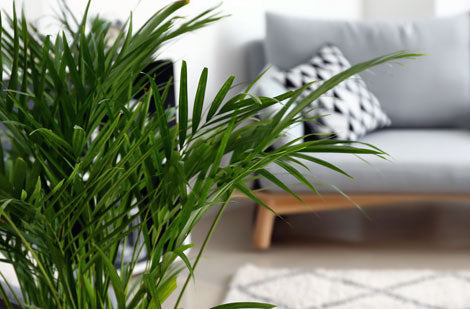
Houseplants to discover - Butterfly Palm or Are...
Read the articleDypsis lutescens, anciennement Chrysalidocarpus lutescens
-

-

-
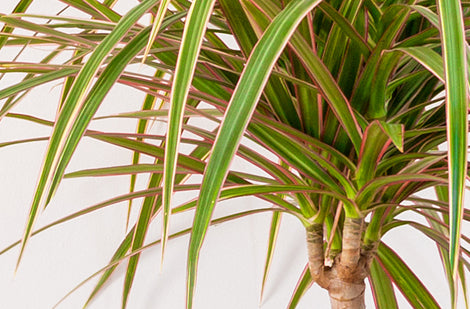
Houseplants to discover - Madagascar Dragon Tree
Read the articleDracéna de Madagascar ou Dracaena marginata
-
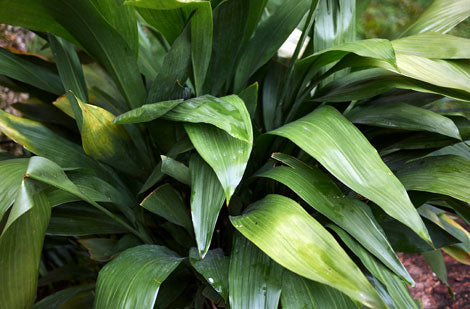
-
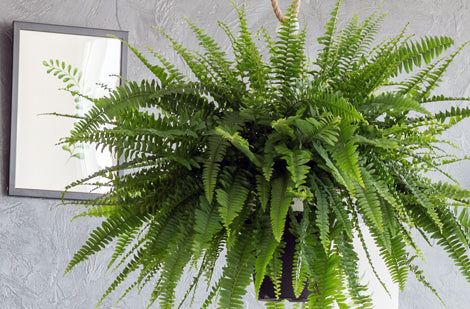
Houseplants to discover - Ferns
Read the articleDivers noms botaniques, dont Nephrolepis exalata (fougère de Boston), Davallia fejeensis (fougère patte de lapin), Asplenium nidus (fougère nid d’oiseau), Platycerium bifurcatum (fougère corne d’élan) et beaucoup d’autres.
-
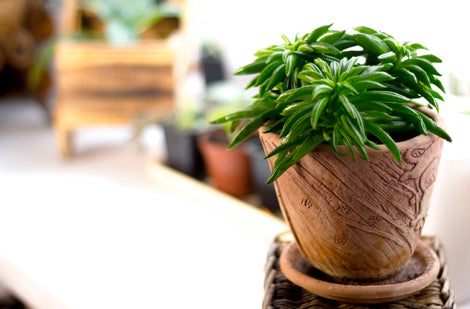
-

-

Snake Plant: The Unkillable Houseplant, Perfect...
Read the articleThe Snake Plant is an ideal houseplant for everyone, whether you're a beginner or an experienced gardener. Its resilience, ease of maintenance, and decorative appearance make it an essential choice...
-

Edible Flowers: Top 5 for Garden and Kitchen
Read the articleOffrant une belle gamme de couleurs, de formes et de textures, les fleurs comestibles enthousiasment les amoureux de jardinage et de cuisine.
-

Tropical Flowering Plants: A touch of the exoti...
Read the articleLes plantes tropicales à fleurs ont tout pour faire tourner les têtes! Colorées, odorantes, généreuses, elles n’ont pas leur pareil pour égayer une aide de repos, un balcon, une terrasse....
-
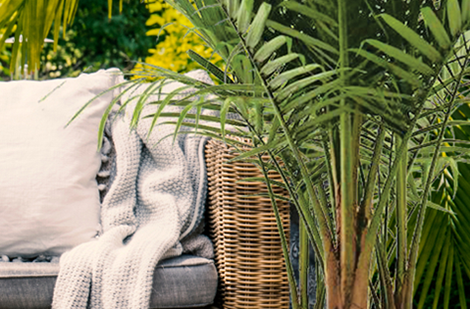
Keep a palm tree on the terrace - why not!
Read the articleDifficile de résister à l’appel des tropiques quand le soleil et les températures clémentes se pointent le bout du nez. Rien de mieux qu’un palmier sur la terrasse ou le...
-

Bringing Outdoor Plants Indoors for the Fall
Read the articleThe arrival of autumn, with its cool nights, announces the time to bring some plants inside to protect them from frost. However, don't rush. Let's enjoy the last beautiful sunny...
-

When and how to repot house plants
Read the articleAlthough a plant can spend several months and sometimes even several years in the same pot, over time its roots invade all the available space.
-
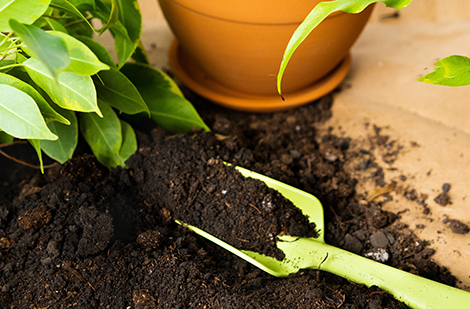
How to select the best houseplant potting soil
Read the articleIl est important d'adapter le substrat utilisé au type de plante. Plusieurs mélanges sont possibles à partir de terre brune, de mousse de tourbe, de perlite ou de vermiculite. Pour...



































